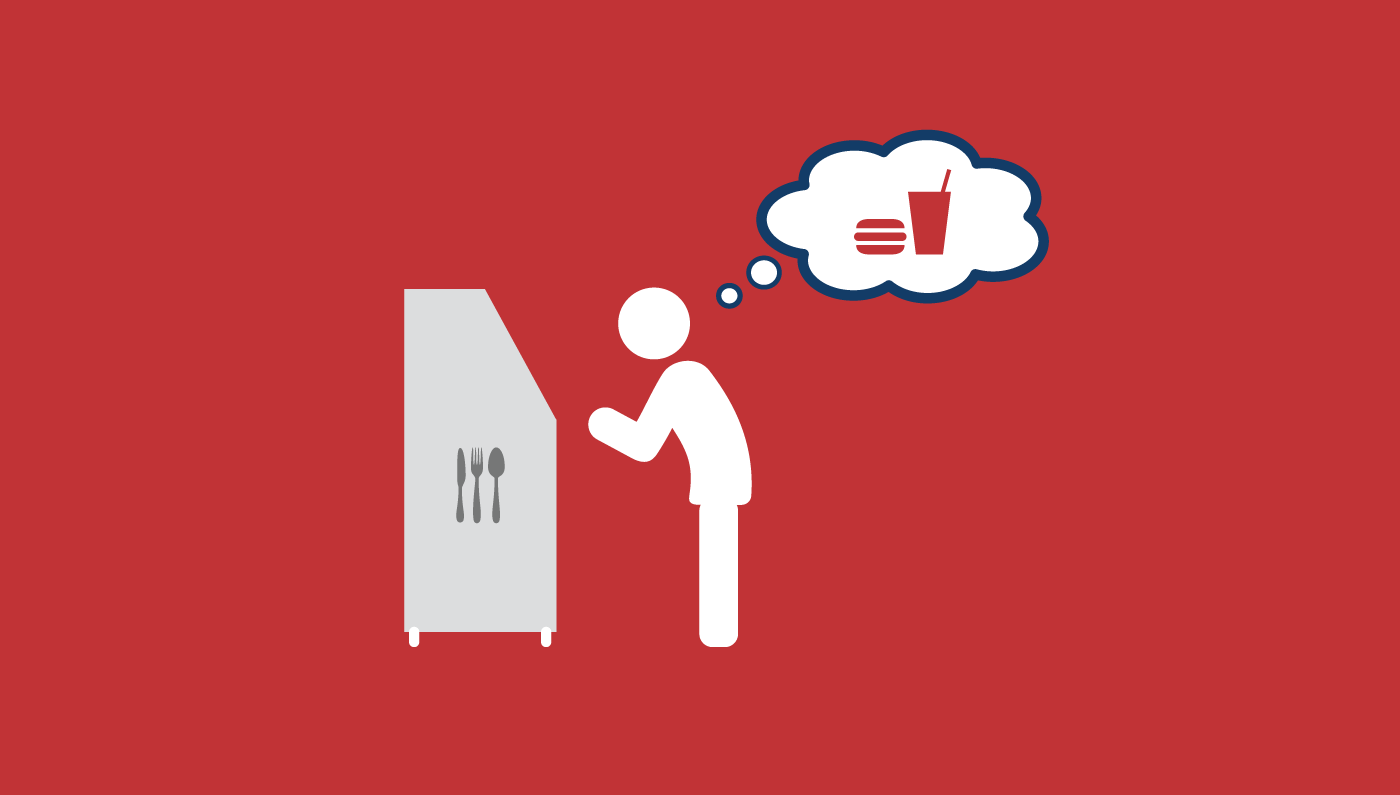This is the first in a three-part exploration of the future of the retail industry, examining how retailers can stay relevant and competitive as consumers increasingly move towards digital solutions for their shopping needs. This week, we explore how retailers are turning to in-store kiosks to allow customers to shop and interact with products— bringing the smartphone experience to a store near you and saving their business time and overhead costs.
On a recent trip to home goods retailer Bed, Bath and Beyond, I spotted a machine sitting near the entrance. It was a kiosk whose purpose was to copy keys— in less than 30 seconds, it promised.
The cost? $8 per key. That’s more than 10 times the price that your neighborhood hardware store charges for the same service— and where that task is likely done with human hands.
Even though it often costs more and replaces simple human tasks, consumers love robotic or computer-assisted service. In fact, automated technology is quickly becoming a selling point for retailers and re-imagining the way we interact with retail storefronts. In a way, our real-life shopping experience now mirrors our digital one.
Of course, we’ve got nothing on Japan. There, interacting with kiosks is common even in facets of everyday life that would seem surprising to us. For example, Japanese commuters looking for a quick bite can order entire meals from kiosk-based restaurants, where the meal orders are placed through computers— a trend that’s reached Europe, too. And in recent years, Japan has taken robotic dining to a new level, replacing human servers in sushi restaurants with conveyer belts and even swapping out robots for the chefs themselves at some locations.
And it’s not just the food industry. Japan is legendary for its innovative vending machines, where consumers can purchase everything from beer to umbrellas to flower arrangements through an easy-to-use screen.
Part of the appeal for Japanese consumers is their familiarity with screens as a way of life. Japan has some of the highest penetration levels for smartphones of any country in the world— an estimated 60% of the country’s population owns one, compared with roughly 50% of Americans. And there’s also a strong cultural acceptance of robots, which Japanese consumers often eagerly buy.
With an increase in American smartphone use and a growing comfort with technology, Americans are slowly catching up to their Japanese counterparts. More and more, we turn to smartphones, apps and screen-based solutions rather than humans for goods and services. For many, a visit to a local retailer is inconvenient next to Amazon Prime’s next-day delivery. Rides can be ordered via smartphone, food can be picked out and delivered from your computer, even therapy is a click away.
And retailers are catching on. Stung by online shopping or simply on the hunt for efficiency, storefront retailers are adopting self-serve kiosk technology, from the high tech, such as New Balance’s in-store iPads, to the less so, like major grocery store chains’ automated check-out machines.
American restaurants have been among the biggest innovators in the kiosk space, looking to eke out more revenue in a high-cost, low-margin industry. Panera, the bakery and sandwich shop, has pledged to introduce self-serve kiosks throughout their restaurant chain, while “fast casual” restaurants like Chili’s have already begun experimenting with tablet-only ordering and payment.
There are benefits to be had for retailers. For one, kiosks can drastically cut down on the amount of physical space a business needs to succeed. Whereas once the corner hardware store had to devote an entire section to key copying machines, a plug-in kiosk can do the same job more efficiently. The employee who once needed to man the machine can now work on another facet of the business and put their time to better use. This is part of a big shift in the way we think about and use retail space, a shift that has been spurred by digital technology but also human ingenuity. After all, retail businesses are highly adept at responding to consumer preferences, and if consumers want efficient, computer-driven interactions, then businesses will respond.
Of course there are perils to this shift, too. Restaurant staff and retail showroom employees are left wondering what their future will look like when even brick-and-mortar retailers rely on kiosks and tablets to serve customers. And mental health experts wonder when the tide will shift away from so-called “screen addiction” behaviors like compulsively using smartphones and back towards healthier face-to-face interaction. If that shift becomes big enough, a move toward a kiosk-only business could prompt a backlash.
For now, though, retailers are adapting, like they have always done, to the prevailing trends and desires of consumers— even if those desires mean not interacting with human staff at all.

